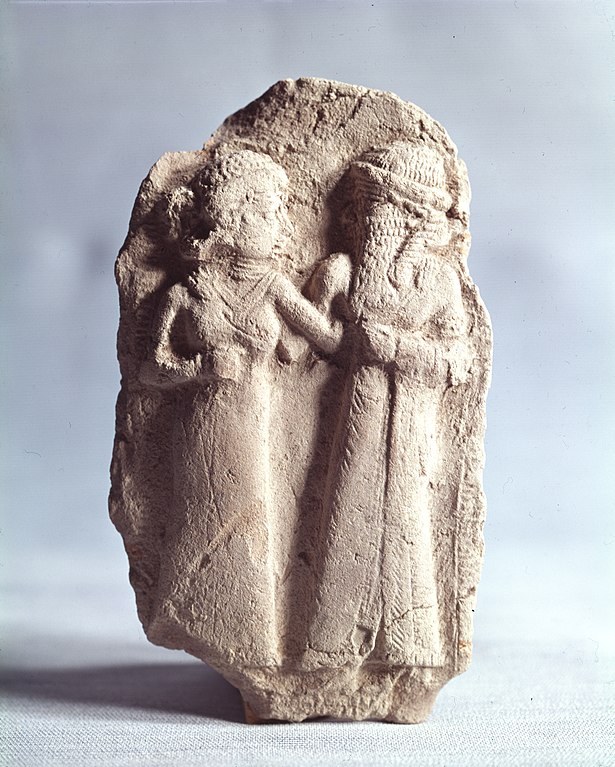Welcome Back
I’m back! With a slight redesign of the blog. Can you tell?

It’s been a long time. A long long long long long time. Well….. almost two years to be precise. The short answer is “work has been very busy”. The longer answer is that I will aim to blog more in the future.
Let’s start with the blog redesign. I’ve not gone crazy this time around. Most of the changes are in the underlying static page generator. The site is now powered by Hugo. The main selling point here is that it is stupid fast. I mean blazing fast. Whilst porting the site from Jekyll I had to build the site and make sure all the images and links worked multiple times. This often meant deleting all the resized images. If memory serves me correctly a full site rebuild would take about 2 minutes or so using Jekyll. I never had to wait longer than 8 seconds with Hugo. It’s really good!
The theme is also very similar. It’s still a Hyde based theme but I’ve tweaked it ever so slightly because the Hugo theme I am using is not as feature rich as the Jekyll one the old site was using. I am still in the process of finishing the port but as a minimal viable blogging site this is good enough for now.
Having said that Hugo wasn’t without it’s difficulties. The documentation is not great. I was fortunate enough to have been battle tested with Jekyll enough to sort of know the lingo and the kind of questions I needed to type into Google to get this site working. The quick start in Hugo is great……. but it’s not really meant for porting a fully working site. Part of my issues in porting the site was that the old Jekyll based site used a different directory structure to the new Hugo one. Whilst everything seemed to render correctly I wanted to take the opportunity to simplify a lot of the up keep of the site. One of the reasons that I haven’t posted anything in a while is that it was a lot of work to set everything up and start writing. I want a workflow that is easy so I can simply jot a few ideas down and before you know it I have a post! Hopefully this is it?
My old directory structure in Jekyll looked something like this:
posts/
2009-01-01-my-first-post.md
2009-11-02-my-second-post.md
2020-03-01-my-third-post.mdHowever in Hugo I have something that should look like this:
posts/
2009/
01/
my-first-post/
index.md
image.jpg
image2.jpg
11/
my-second-post/
index.md
2020/
03/
01/
my-third-post/
index.mdSo I had to _un_flatten about 261 posts. Ewwwwwww not fun. To help me with this I whipped up a few bash scripts.
for i in `ls *.md`;
do [[ $i =~ [0-9][0-9][0-9][0-9]-([0-9][0-9])-([0-9][0-9])-([^.]*).md ]] ;
mkdir -p ${BASH_REMATCH[1]}/${BASH_REMATCH[2]}/${BASH_REMATCH[3]} ;
doneApologies people with small screens this isn’t going to be pretty. This is a “simple” regex that works in conjunction
with a search in the current directory for all of the files ending in .md. From here I capture the YYYY, MM, and
DD values from the file name and use them to create directories that didn’t exist in the old structure. Note the
mkdir -p command. This is tells Bash to create the parent directory if it does not exist. If it does exist then it
doesn’t overwrite anything which is precisely want we want here.
My next problem was to do with images. If you are inquisitive enough you’ll notice that the image served to your device depends on the capability of your device. I try and only server you the highest quality image that your device can comfortably display and not a large one that I might have. This saves you bandwidth. See Responsive Images for details on how to achieve this. Thankfully there are some neat solutions to help with this even back when I was using Jekyll to generate the site. However with Hugo you’ll notice that my images are now next to the posts themselves in the directory structure as opposed to in a separate unconnected directory. Again, one less thing for me to worry about long term but whilst porting I needed to trash the resized images from Jekyll days and let Hugo regenerate them again.
find . -type d -name 'resized' -execdir rm -rf '{}' \;This command finds all directories (-type d) named resized (that’s what Jekyll called them) and runs the command rm -rf. Which is a remove command. Simple! Now when the Hugo site is rebuilt it will create its own resized images.
Lovely.
Finally you’ll notice that I used to have the title of the post in the filename in the old site but now they are named
index.md because the directory contains the post name. That’s another simple fix:
find . -type f -name "*.md" -execdir rename 's/.+\.md/index.md/' '{}' \;This time we find all files (-type f) that have md as an extension and run a rename command. Phew!
And that’s mostly it. I had to mess around with the CSS a little to get it looking like it used to but that wasn’t too difficult since the theme does most of the work and I’m only tweaking it here and there.
So hopefully now I can start blogging again more regularly on what I’m up to? See you in five years!
Credits
The following sites were inspirational in getting me moving when I saw no way out.
- Laura Kalbag’s Processing Responsive Images With Hugo.
- Linx Journal’s Bash Regular Expressions.
- This Ask Ubuntu answer about the find syntax in bash.
- Glenn McComb’s How To Build Custom Hugo Pagination.
- CSS Trick’s A Guide To FlexBox.